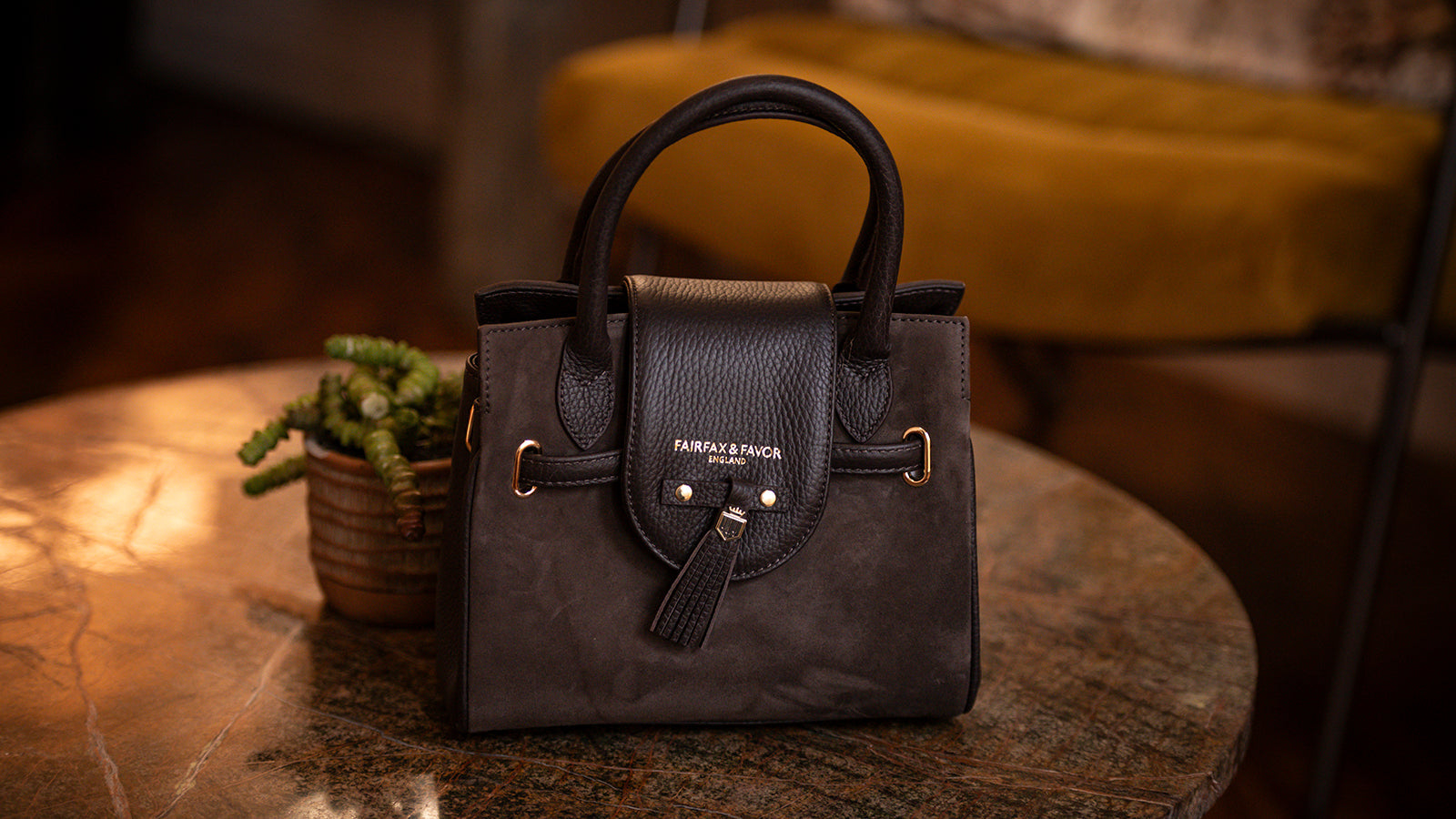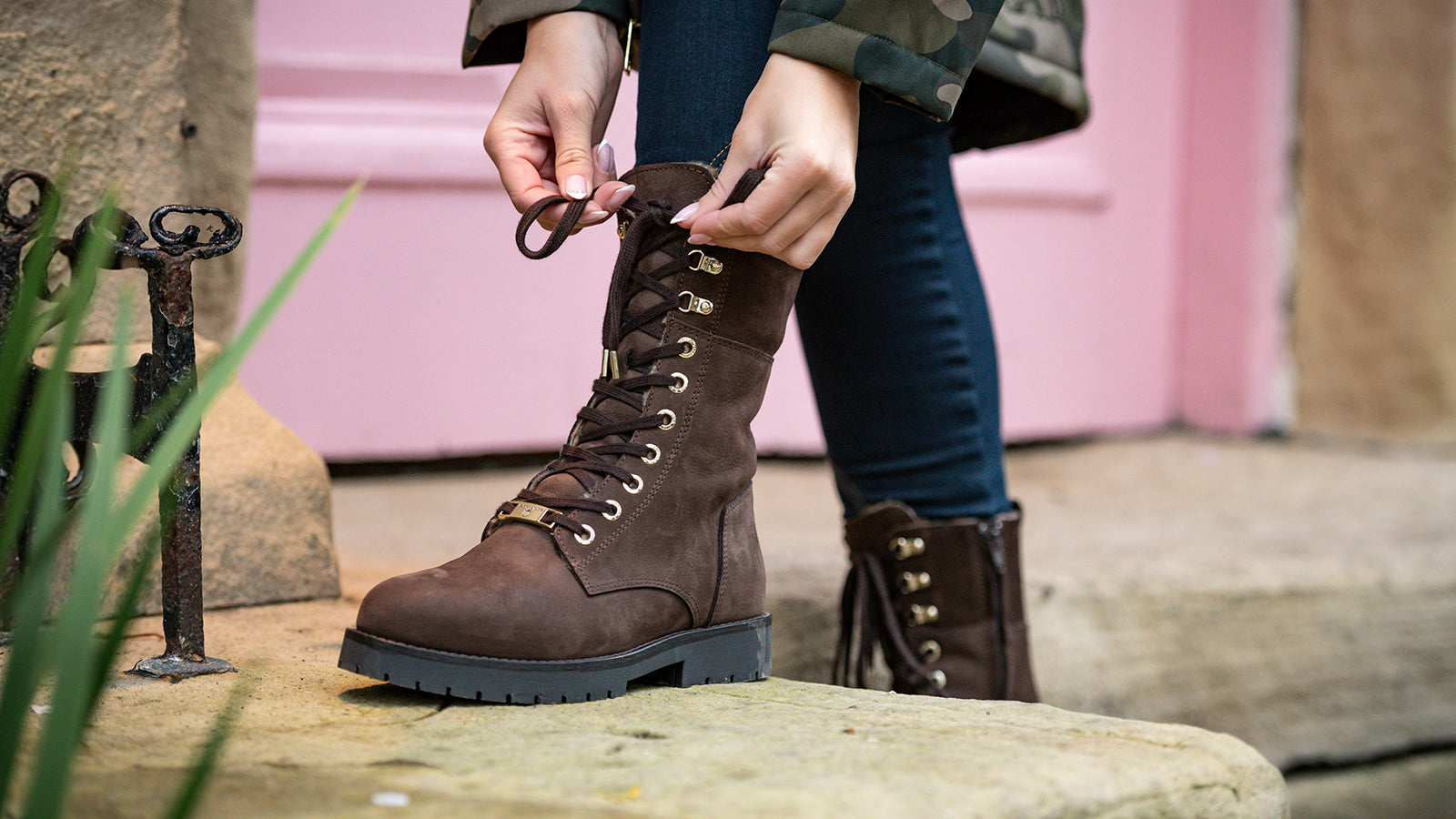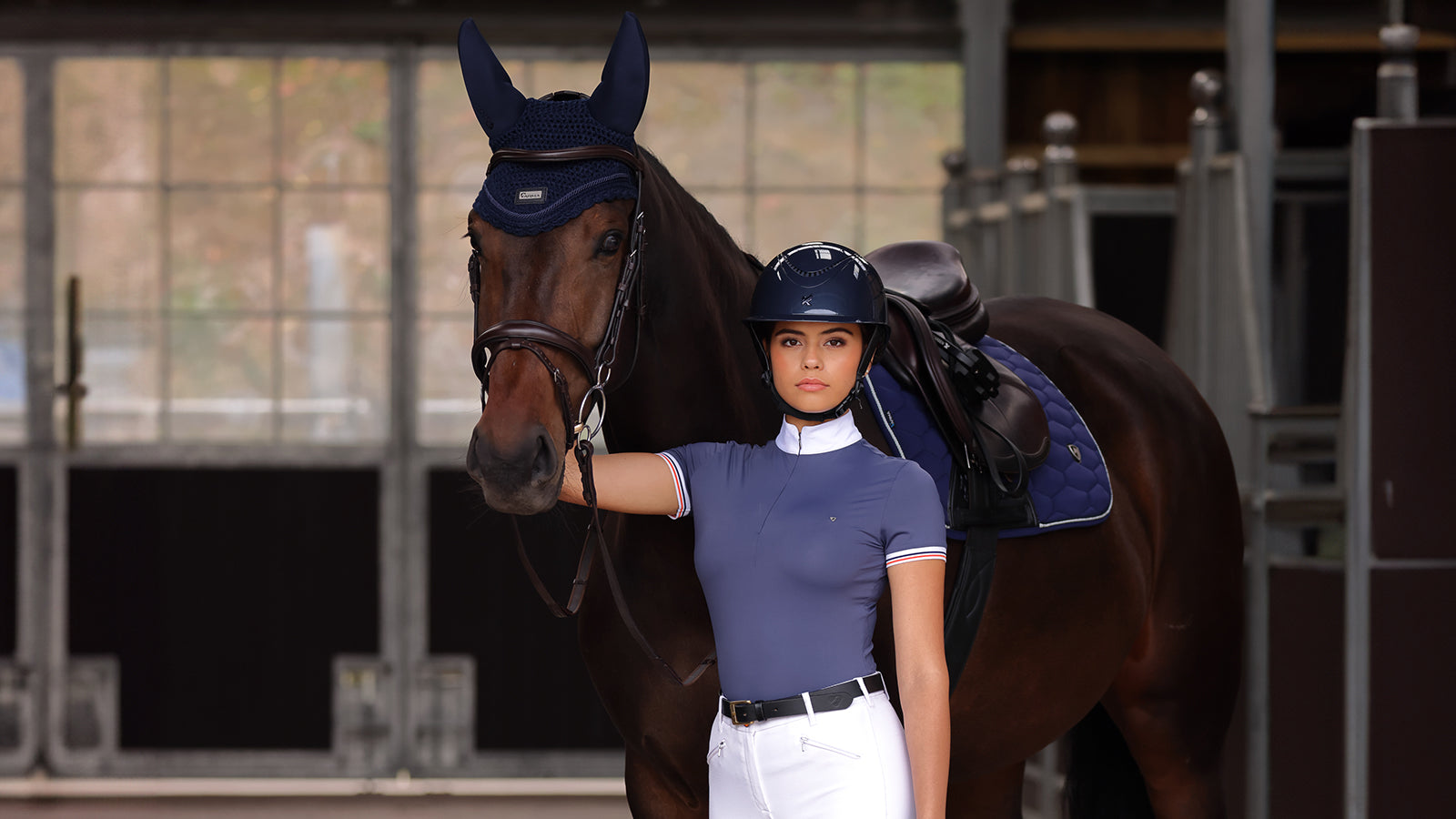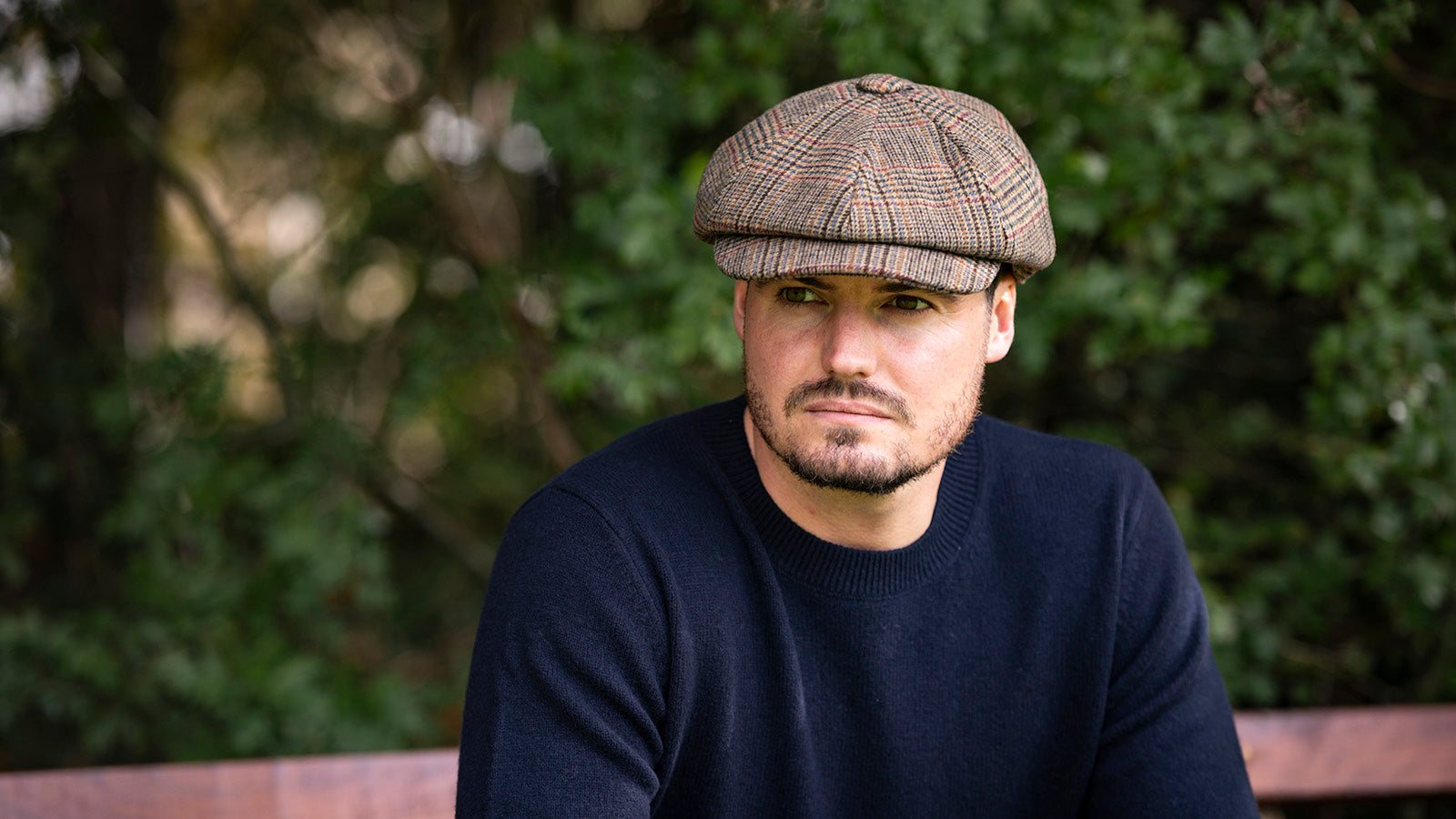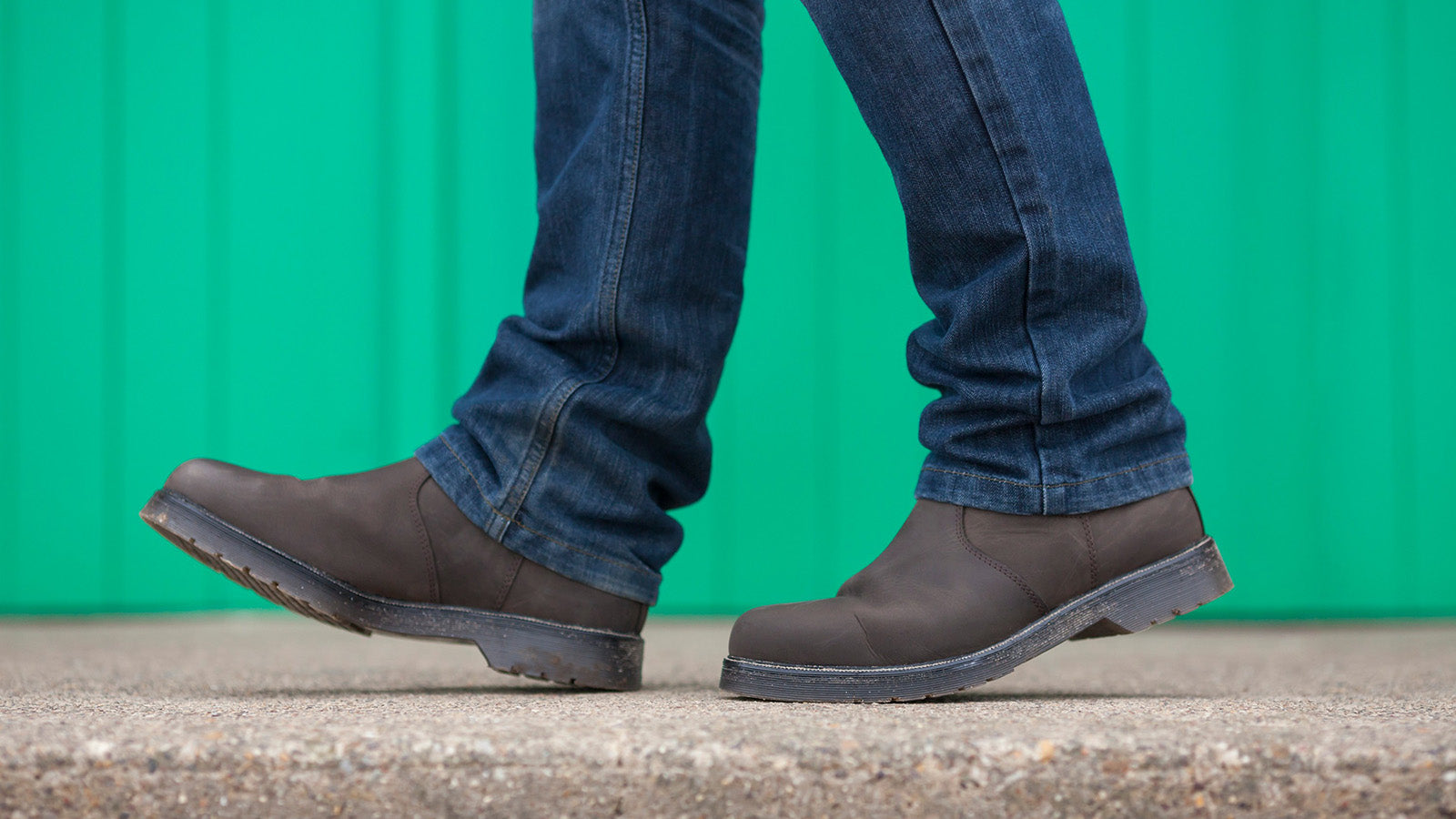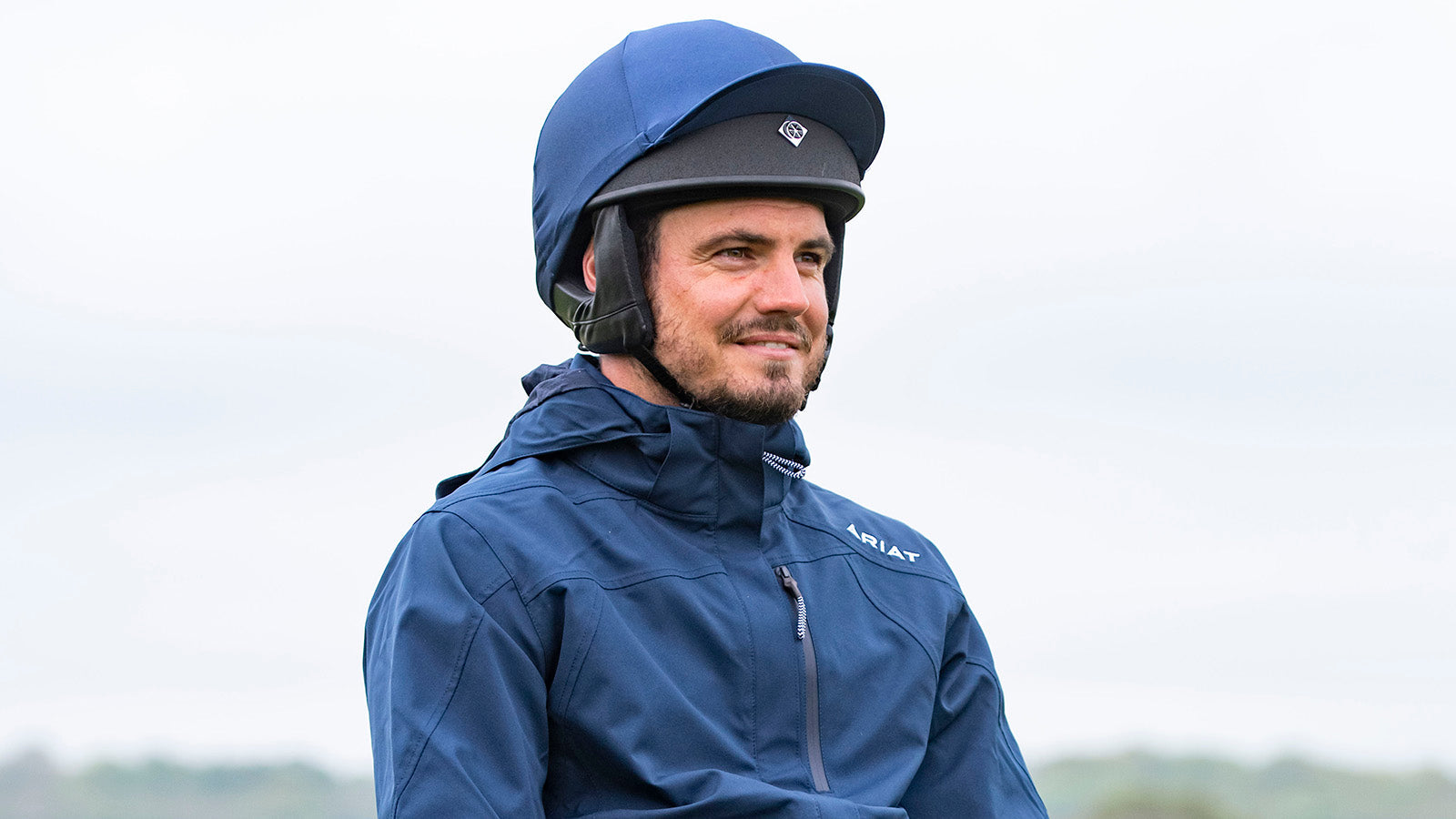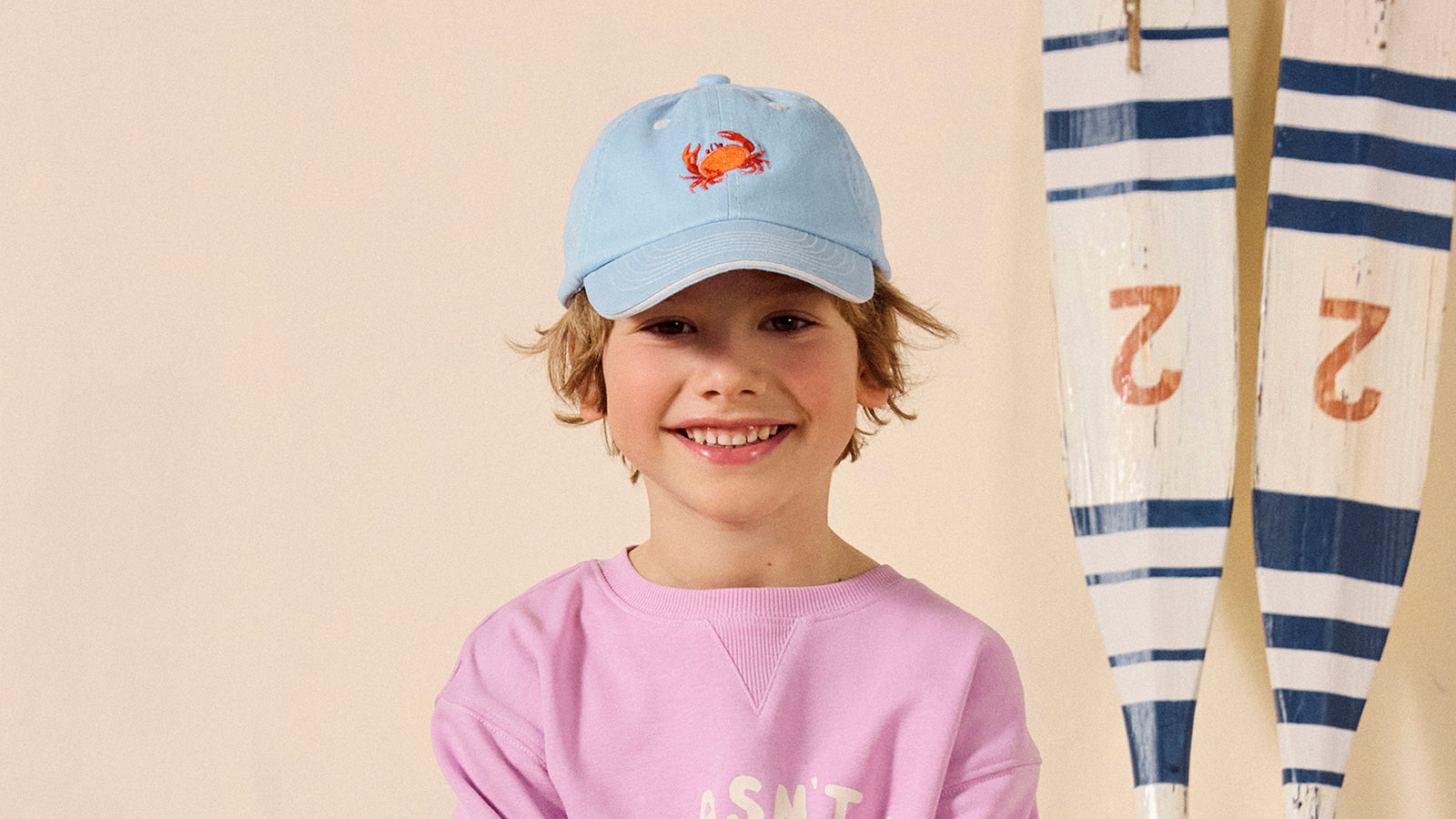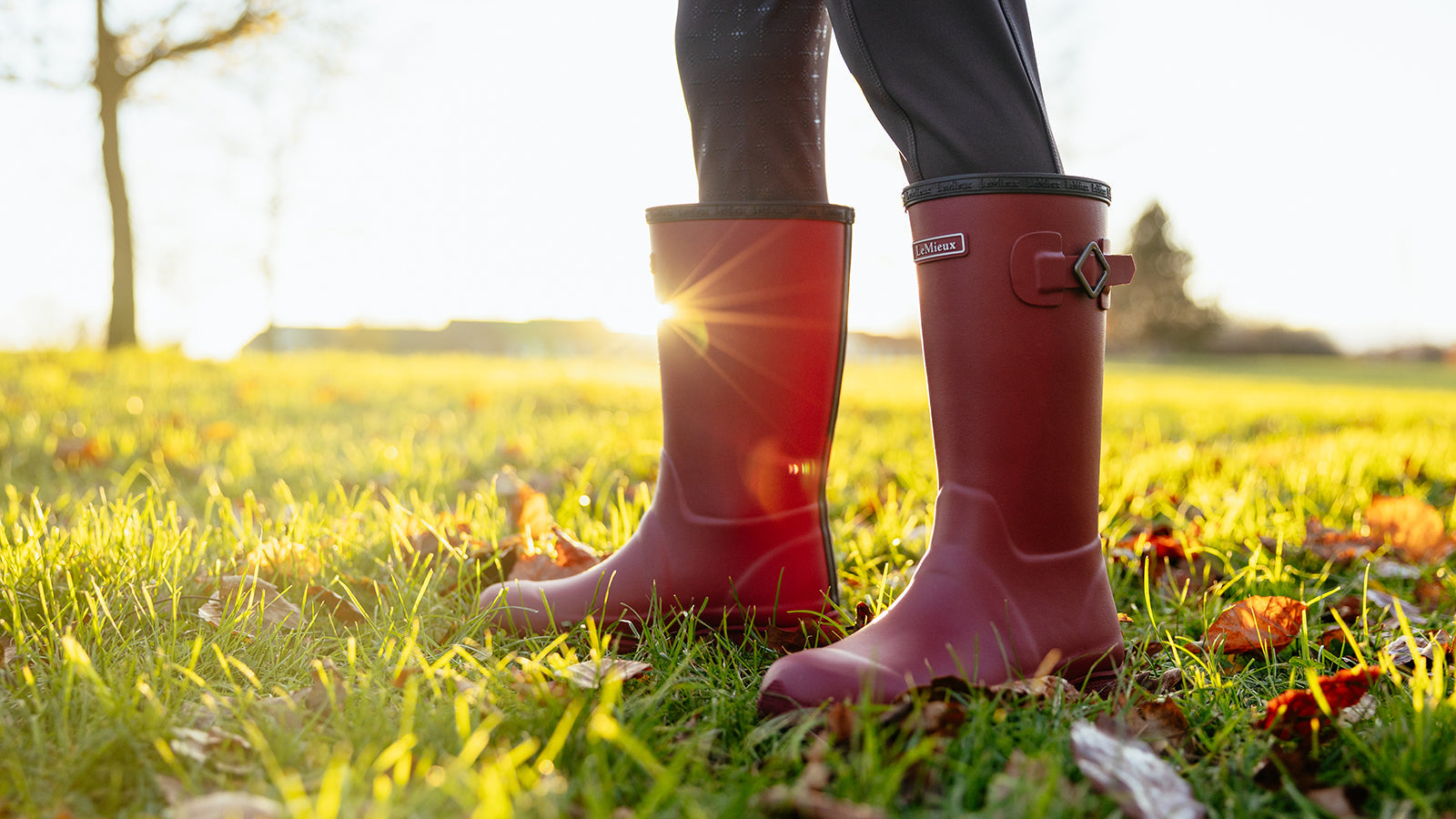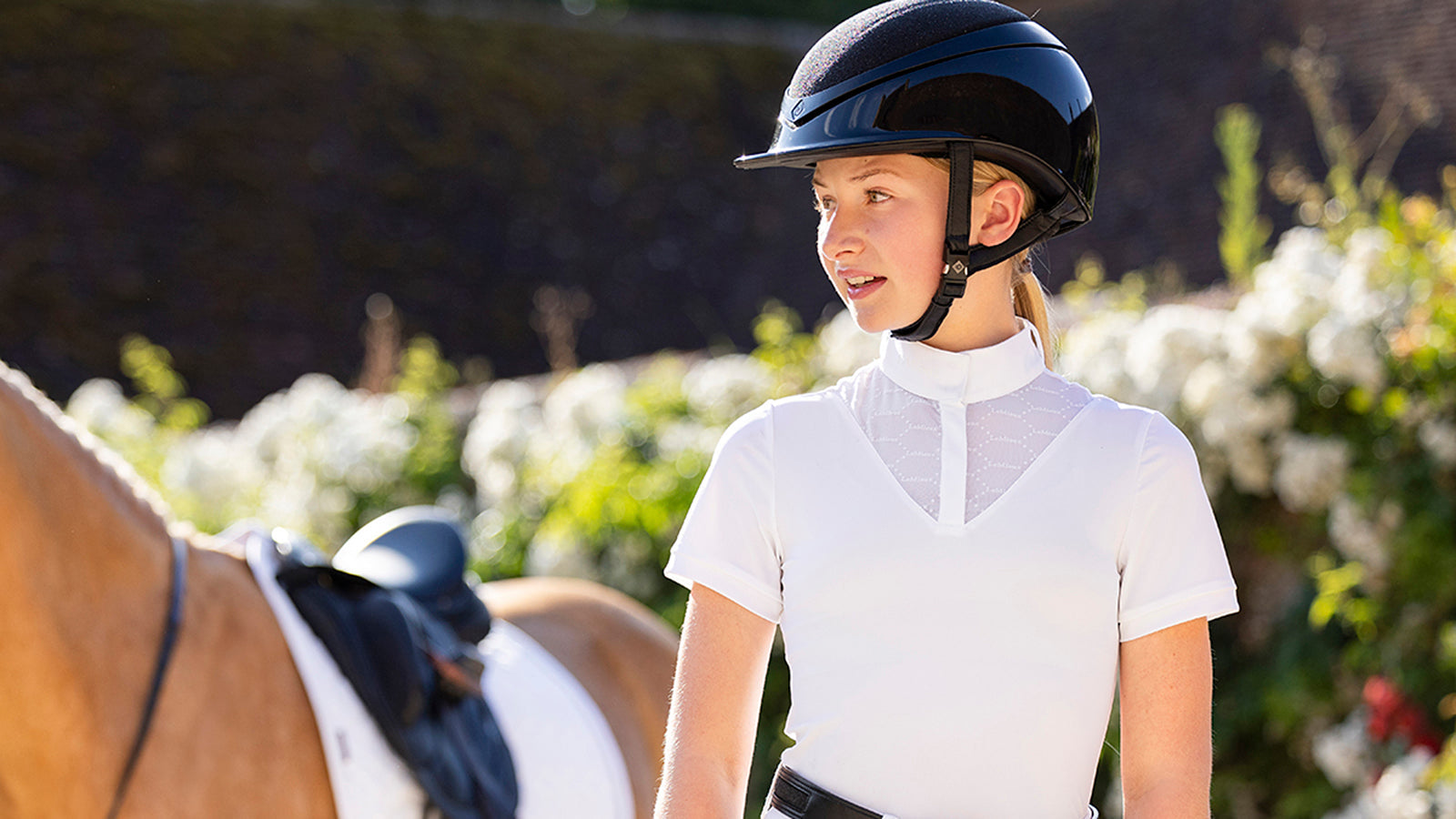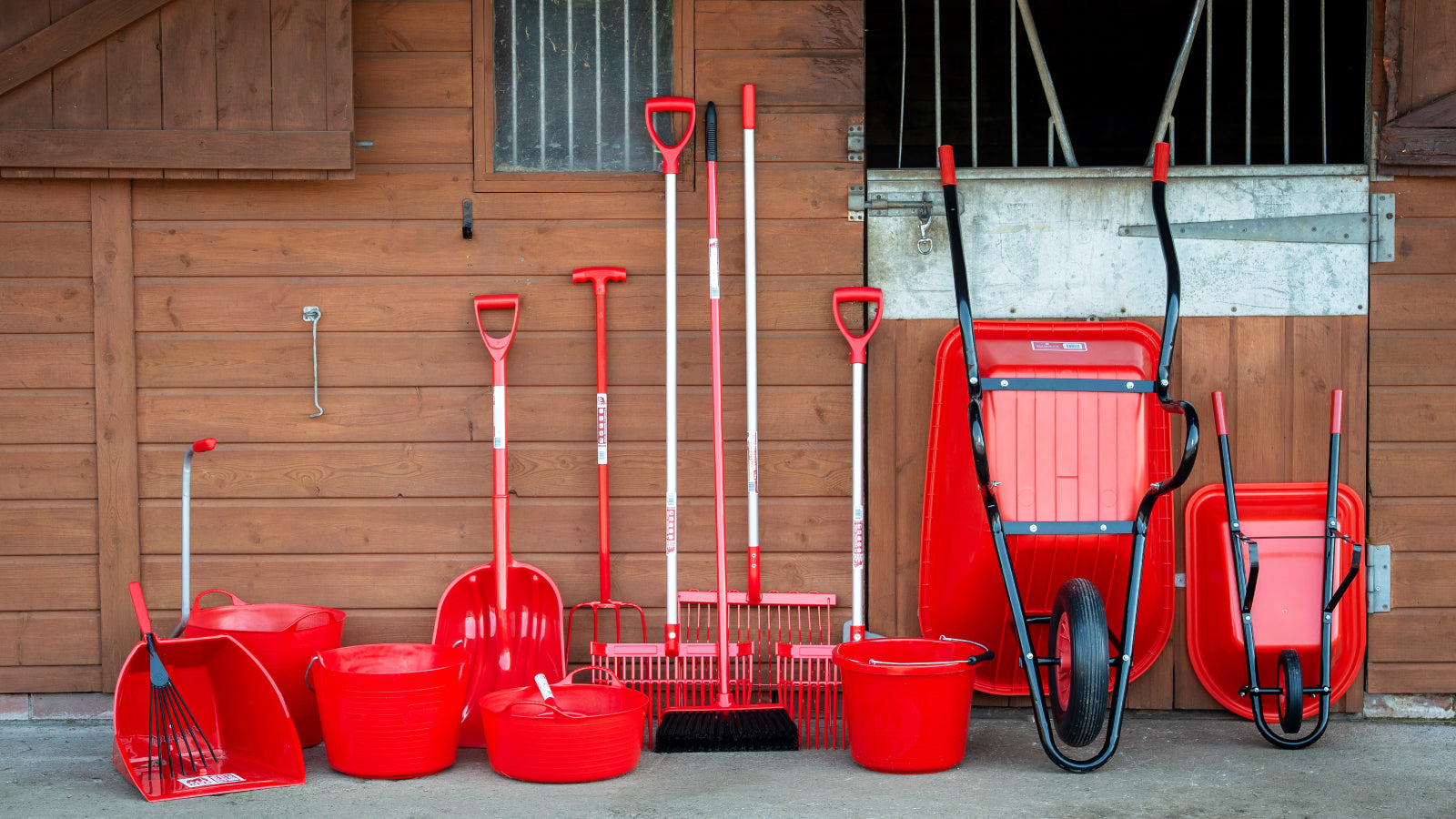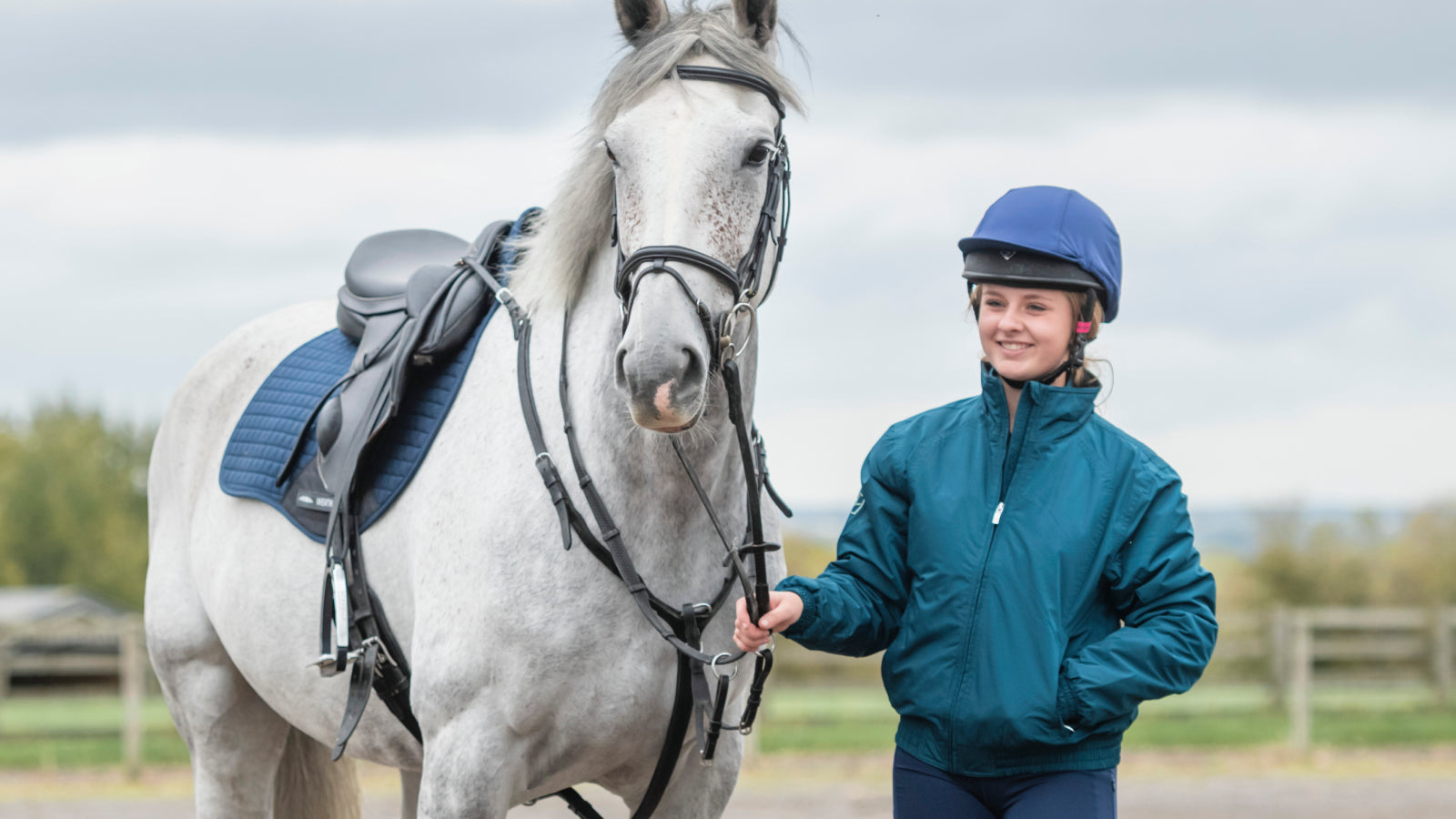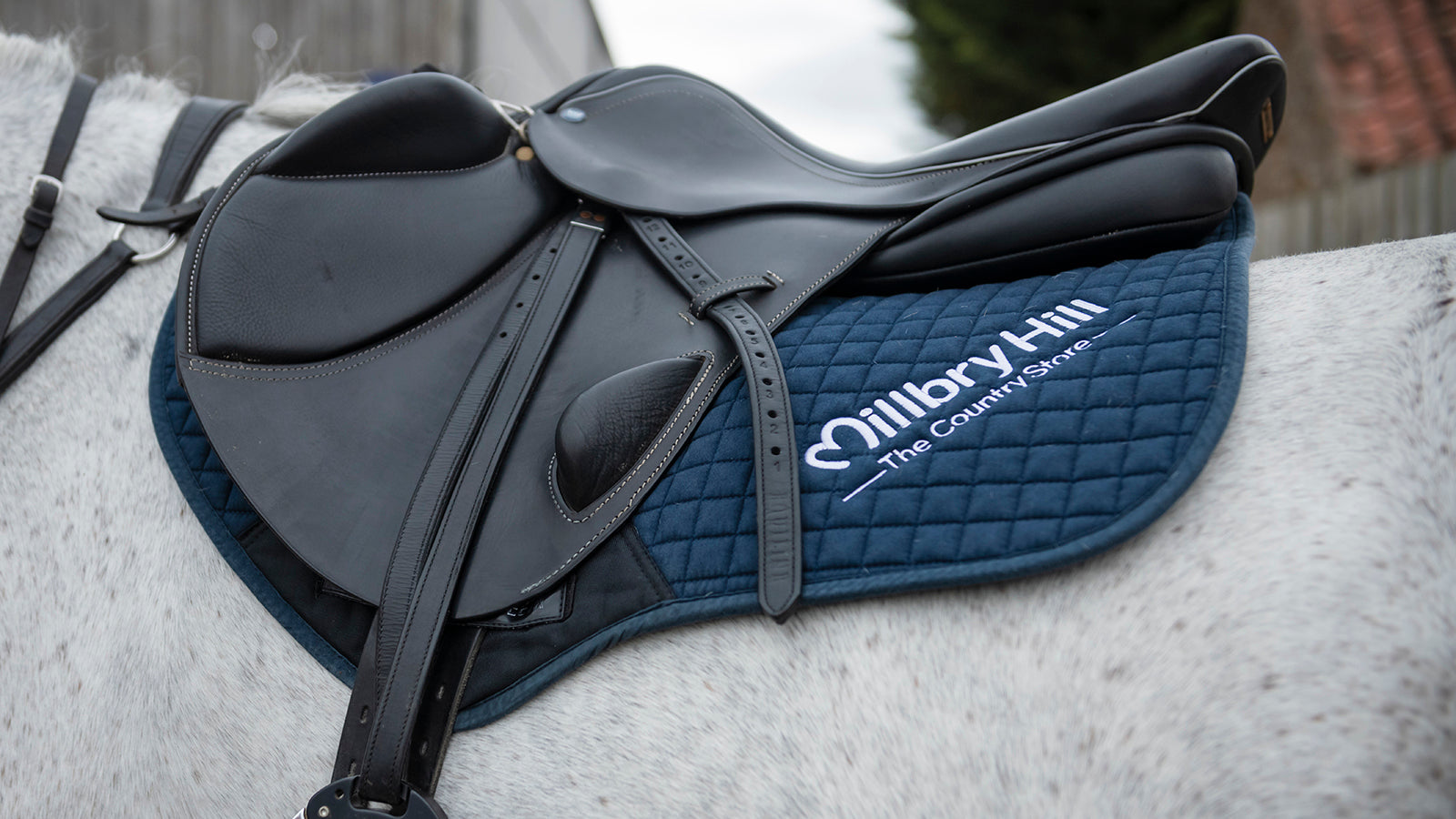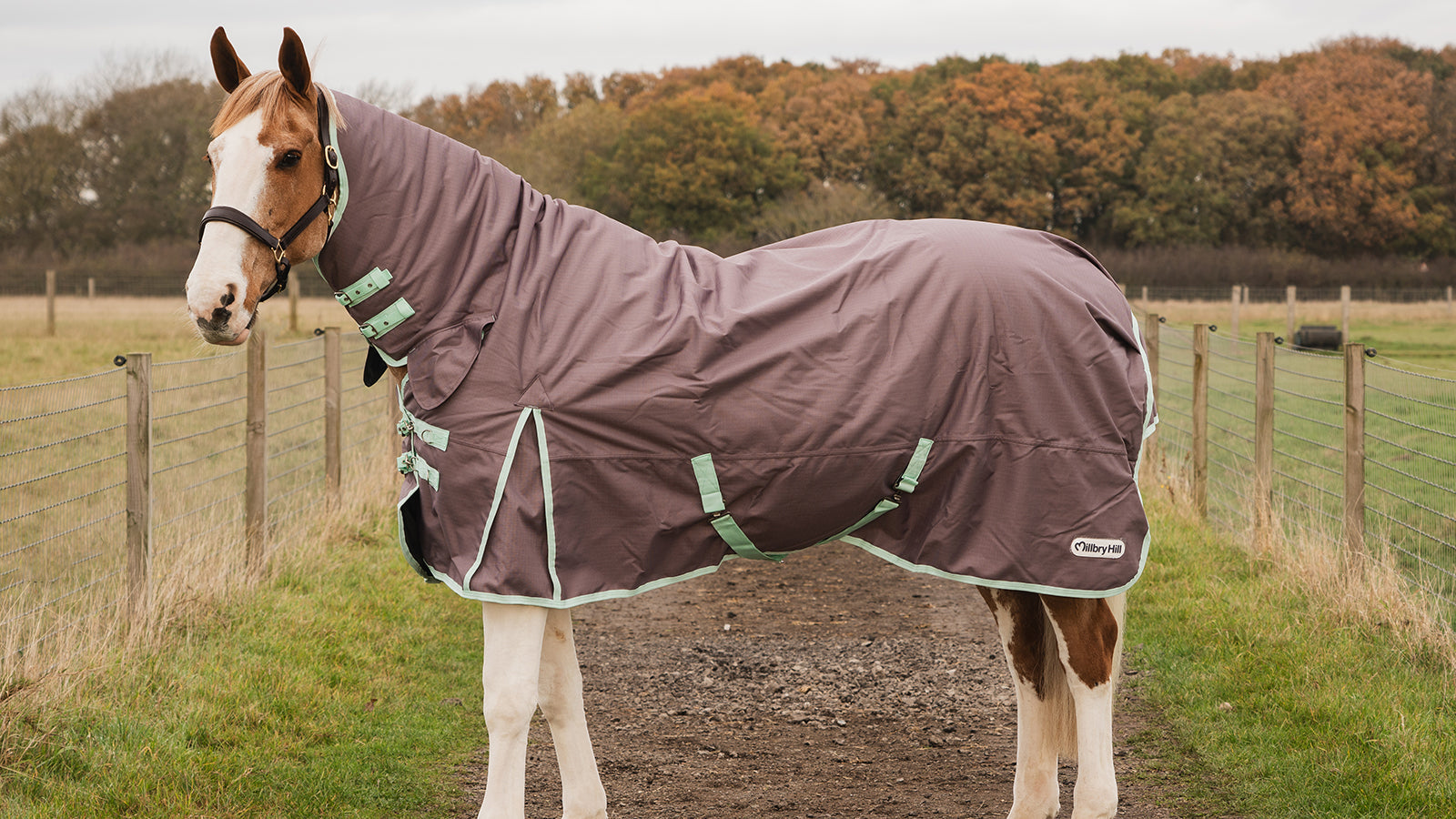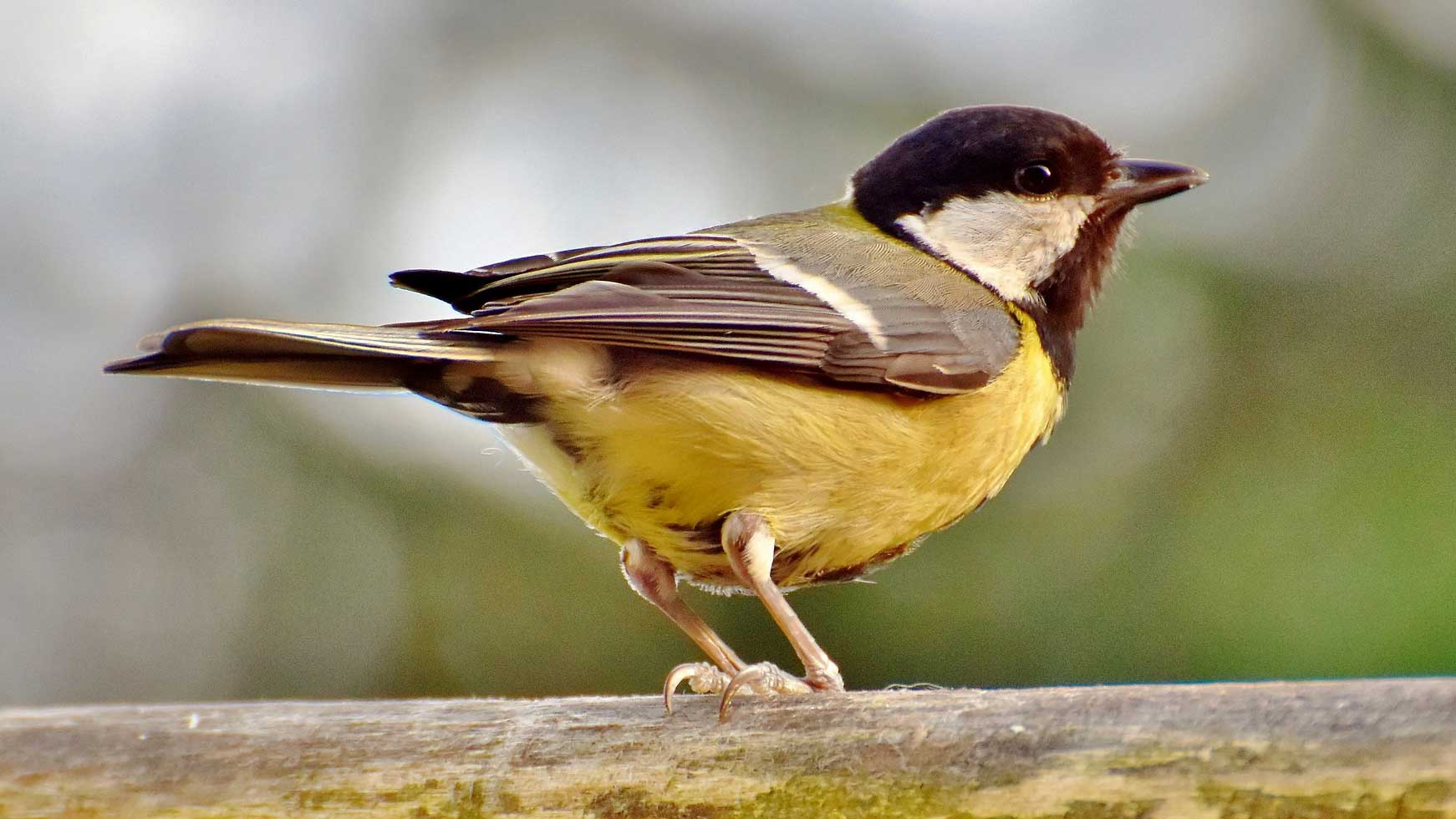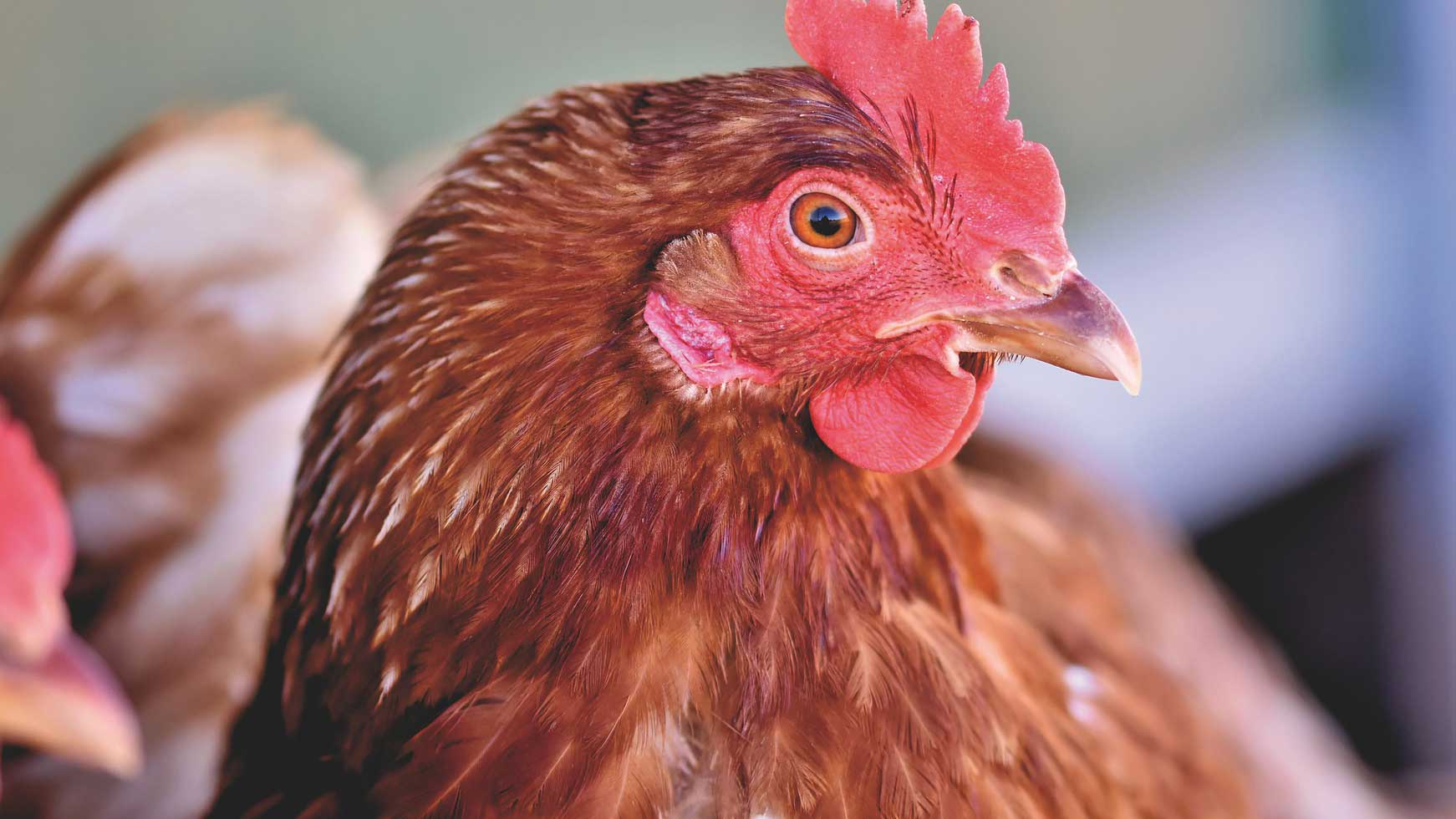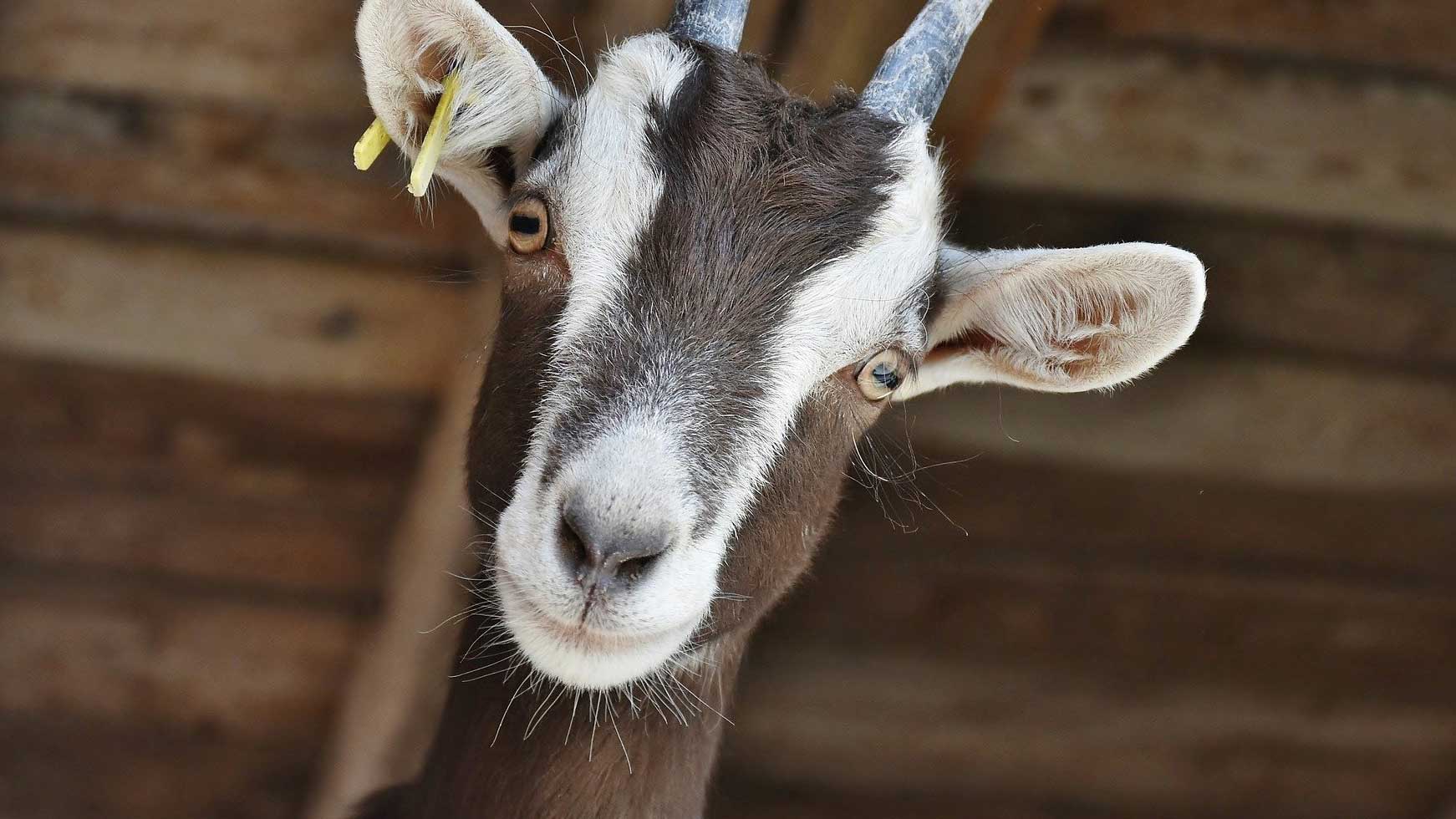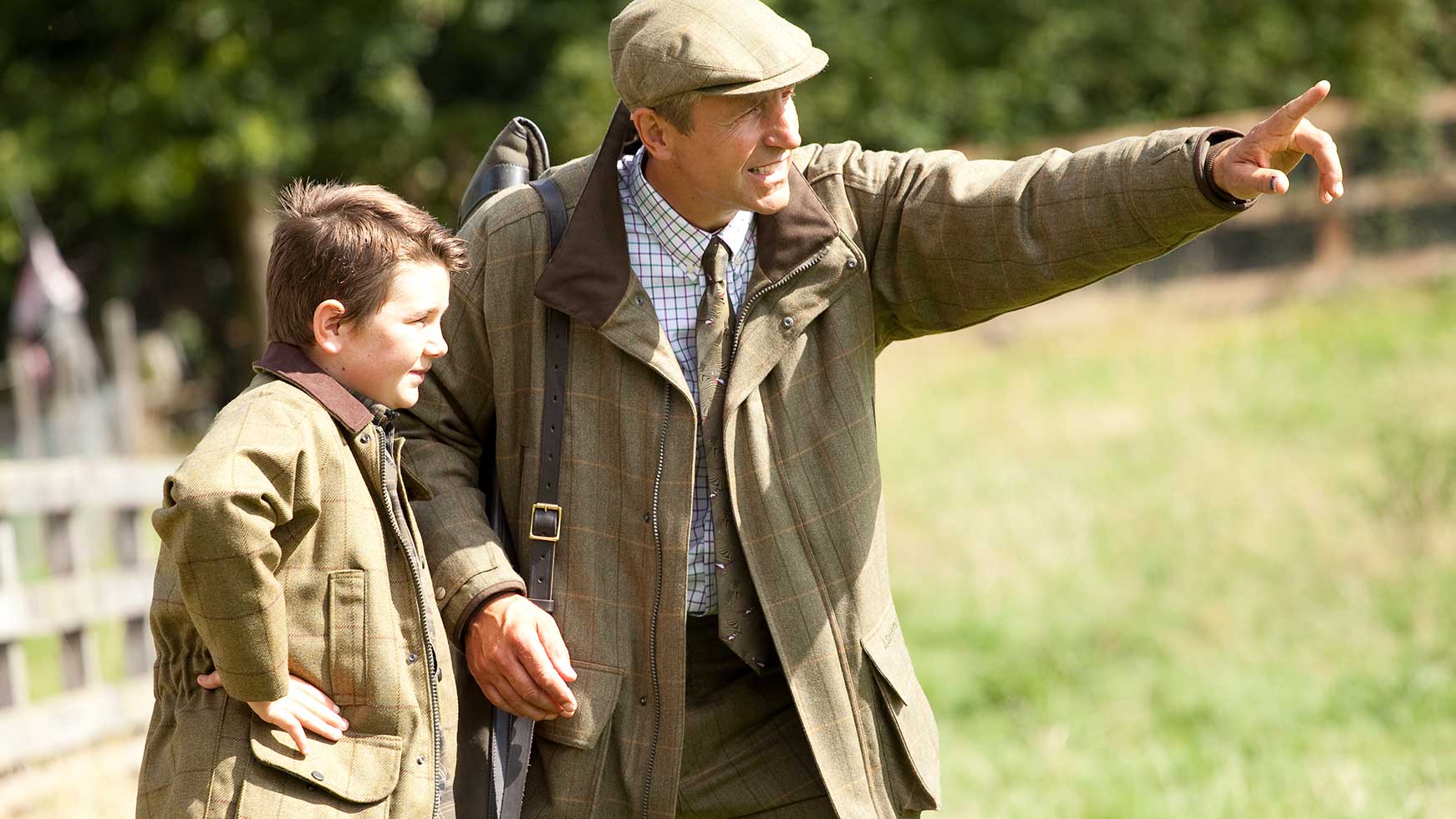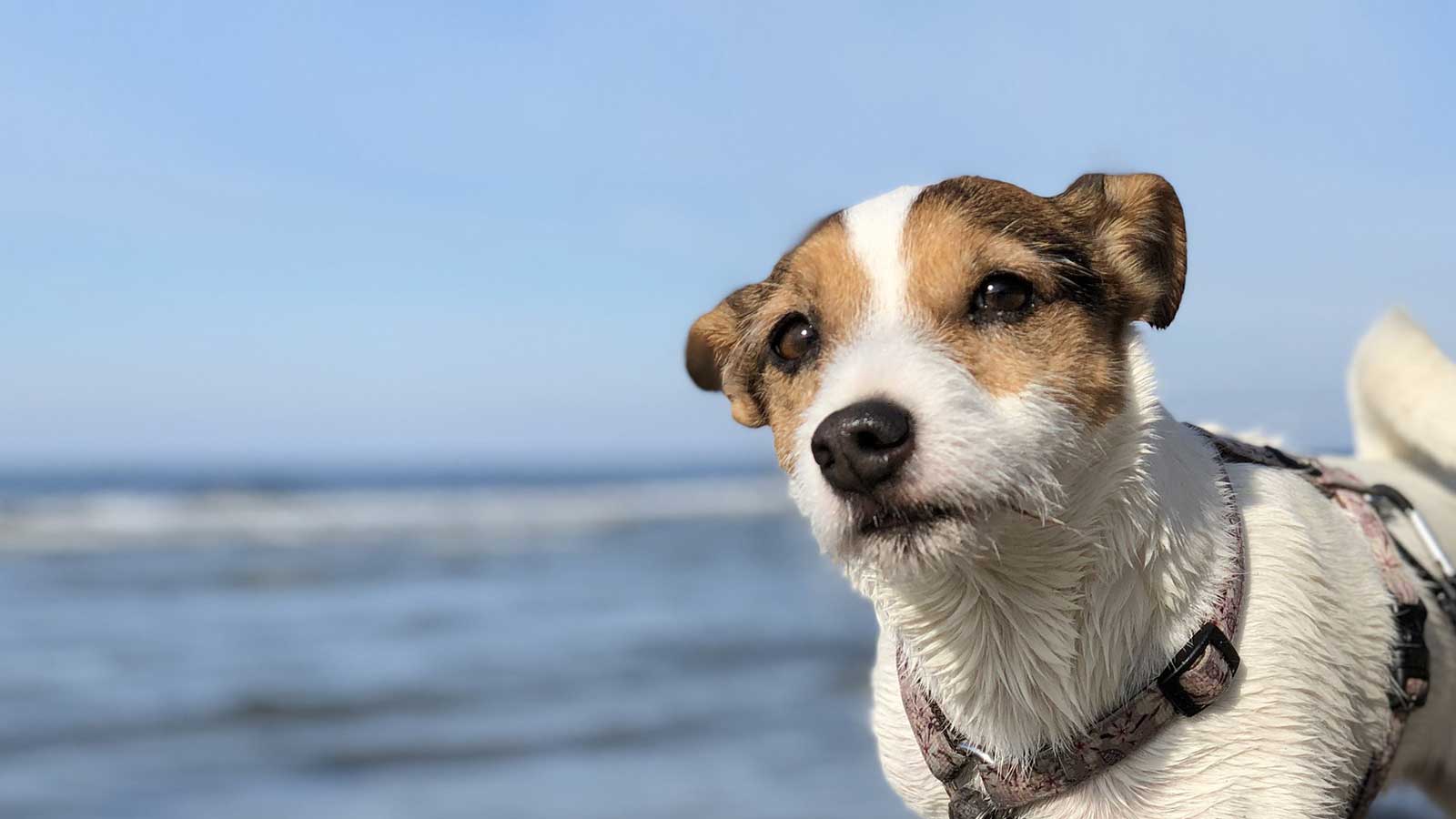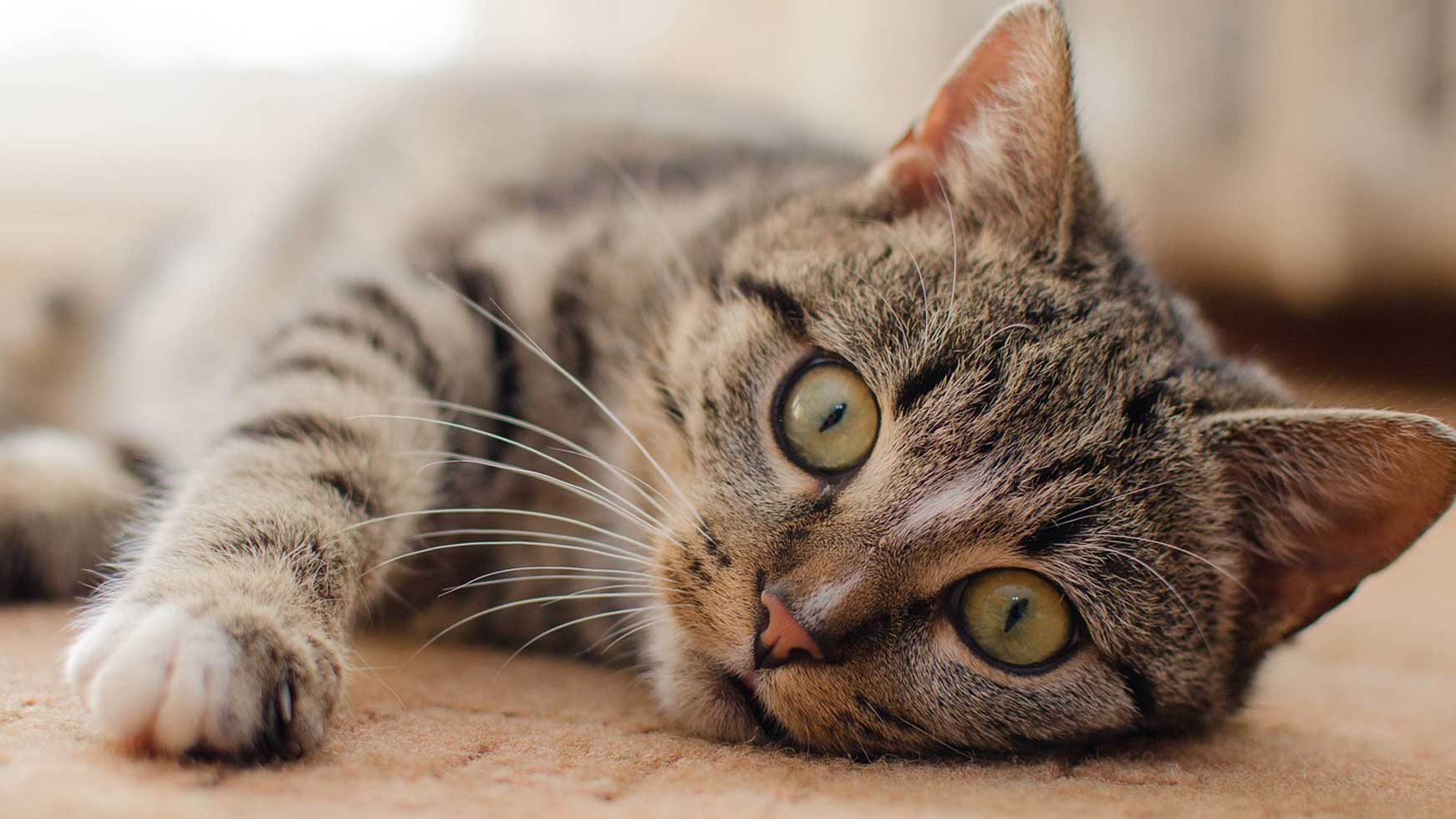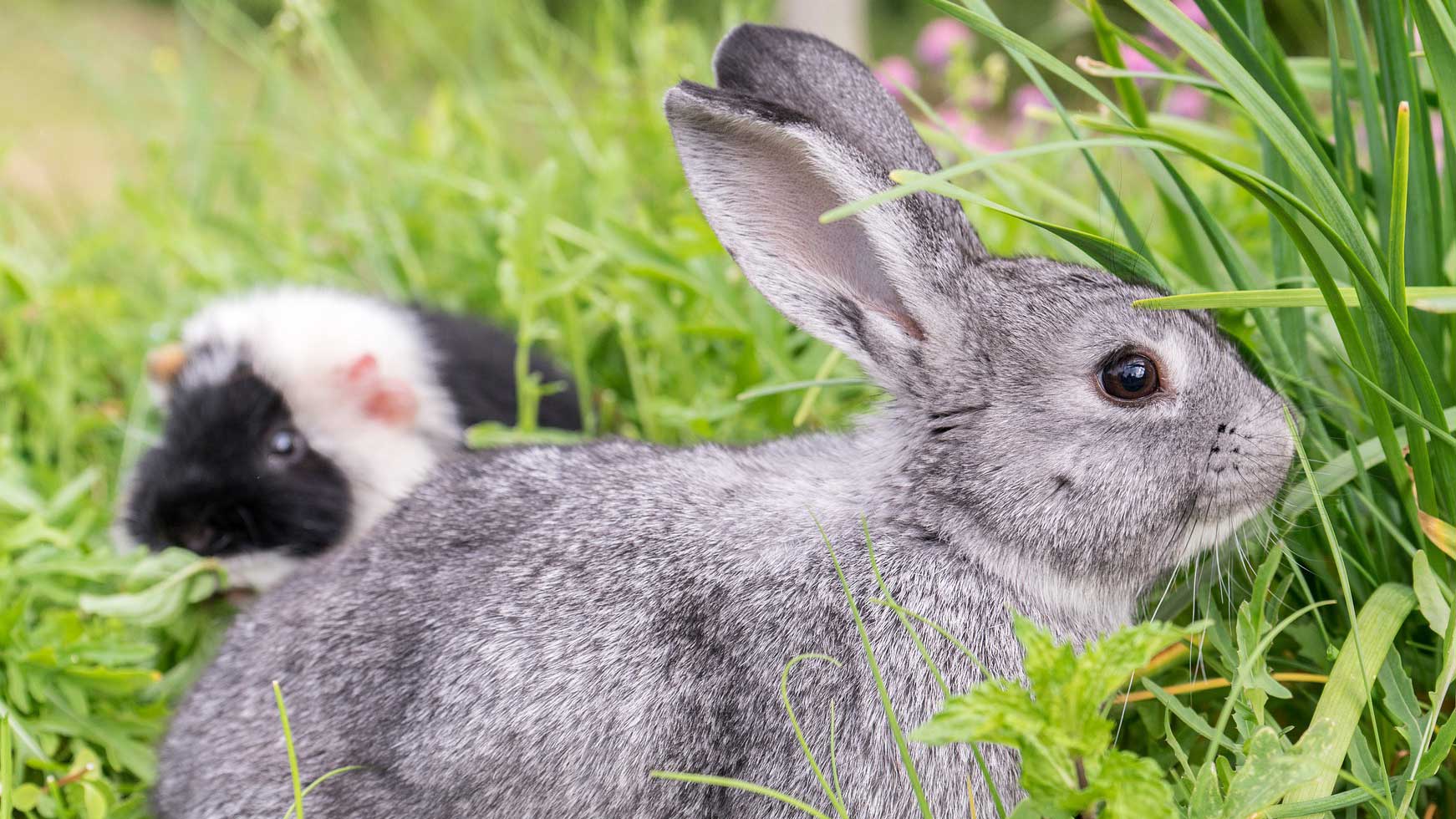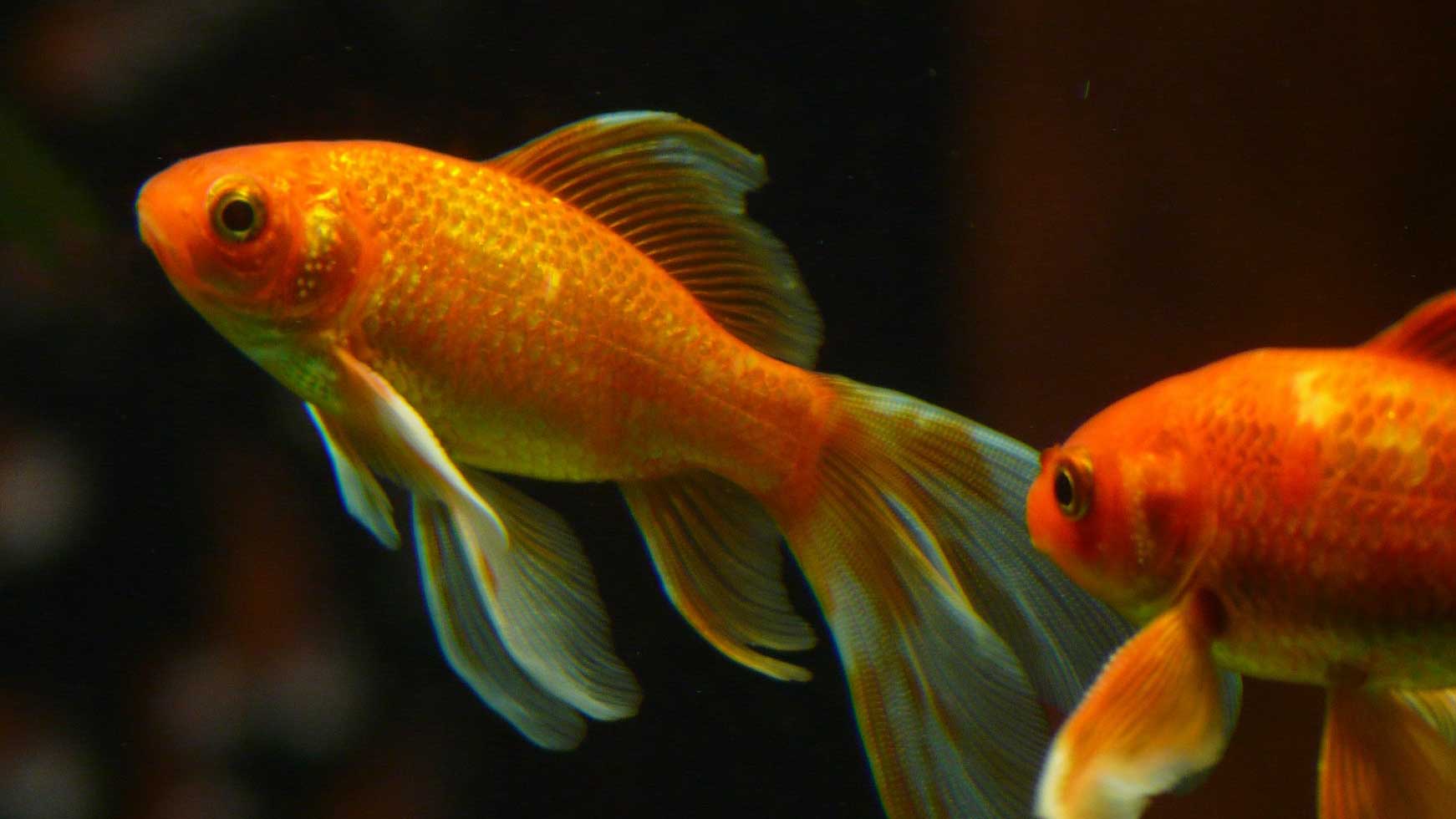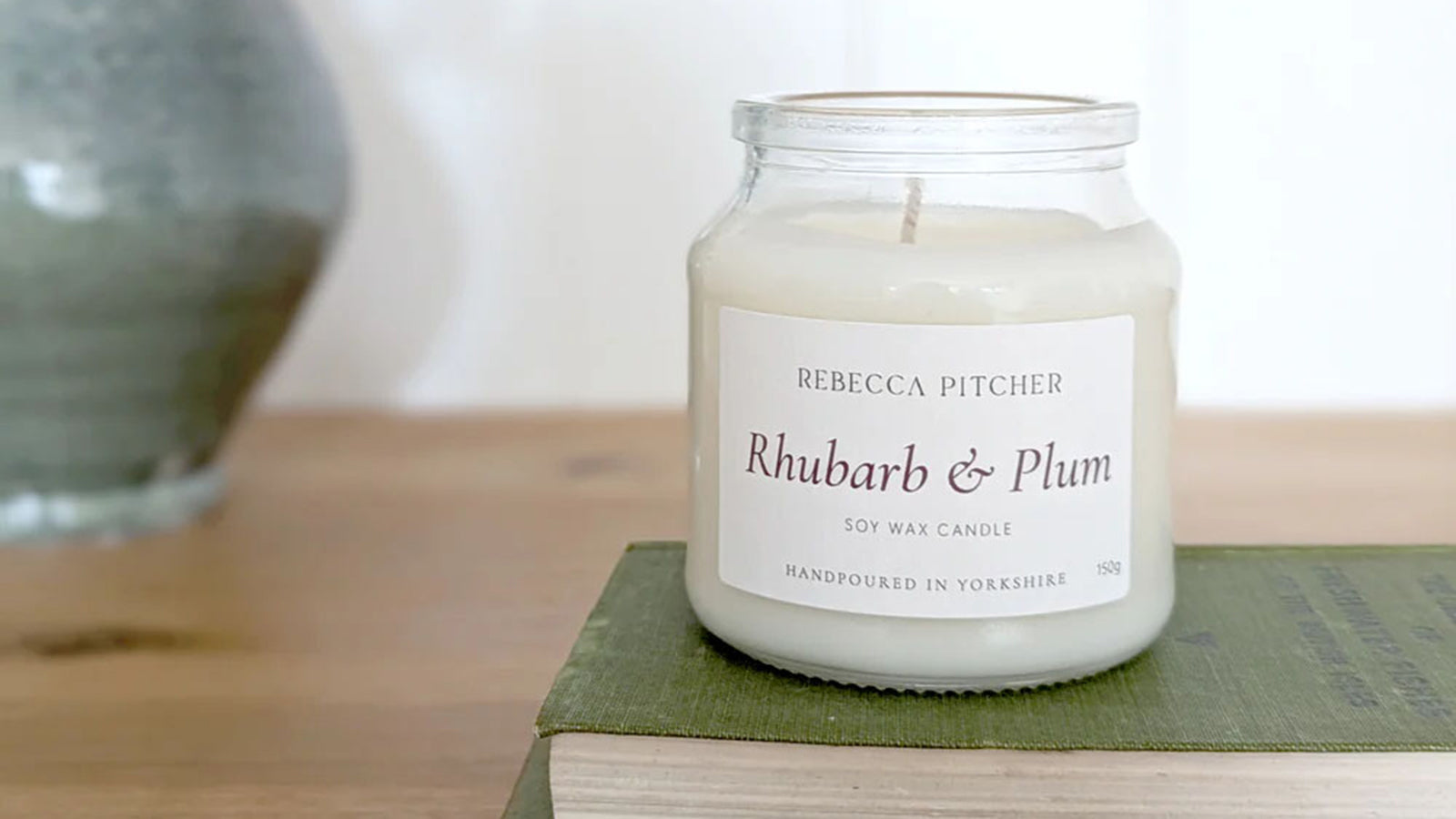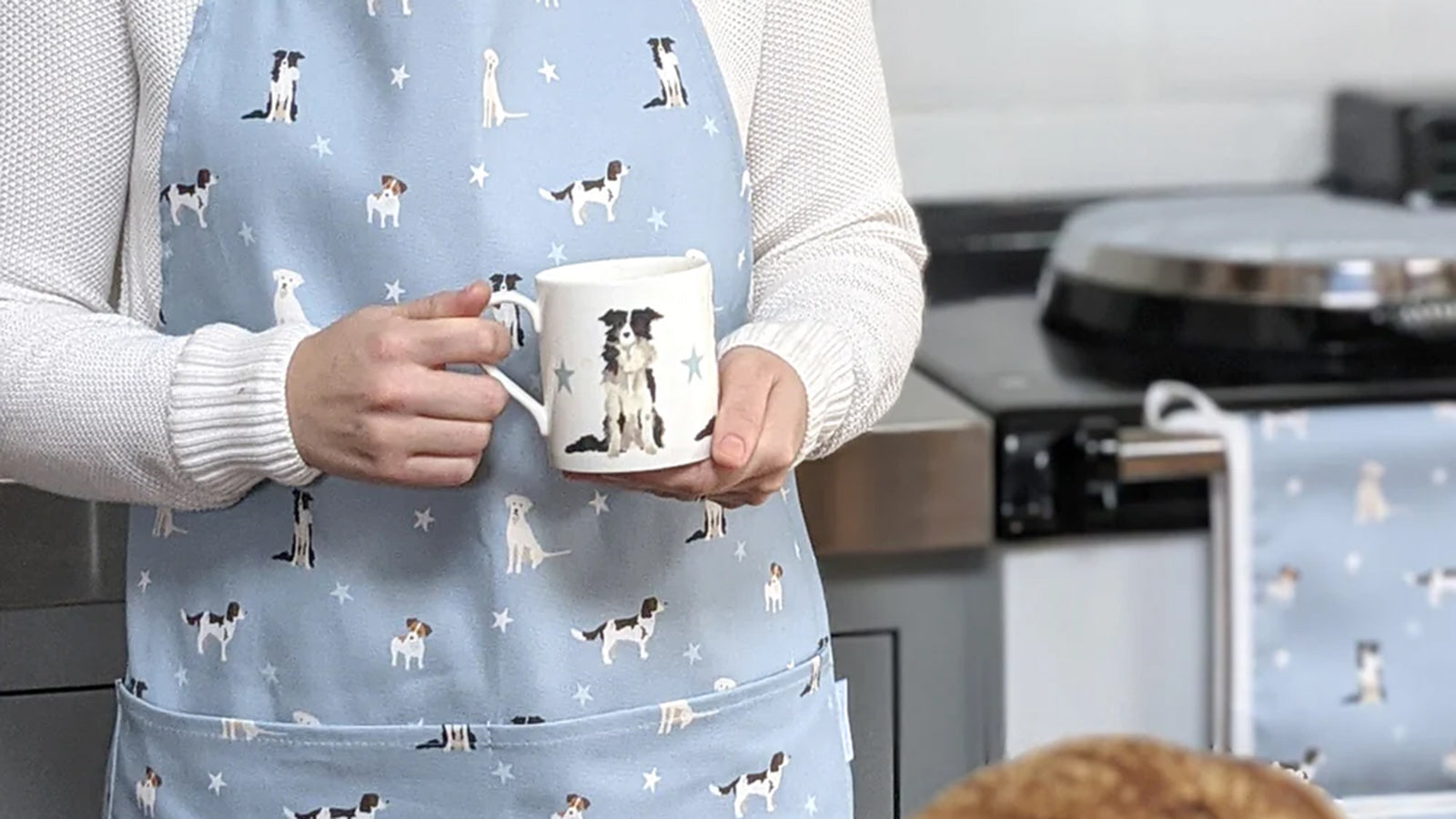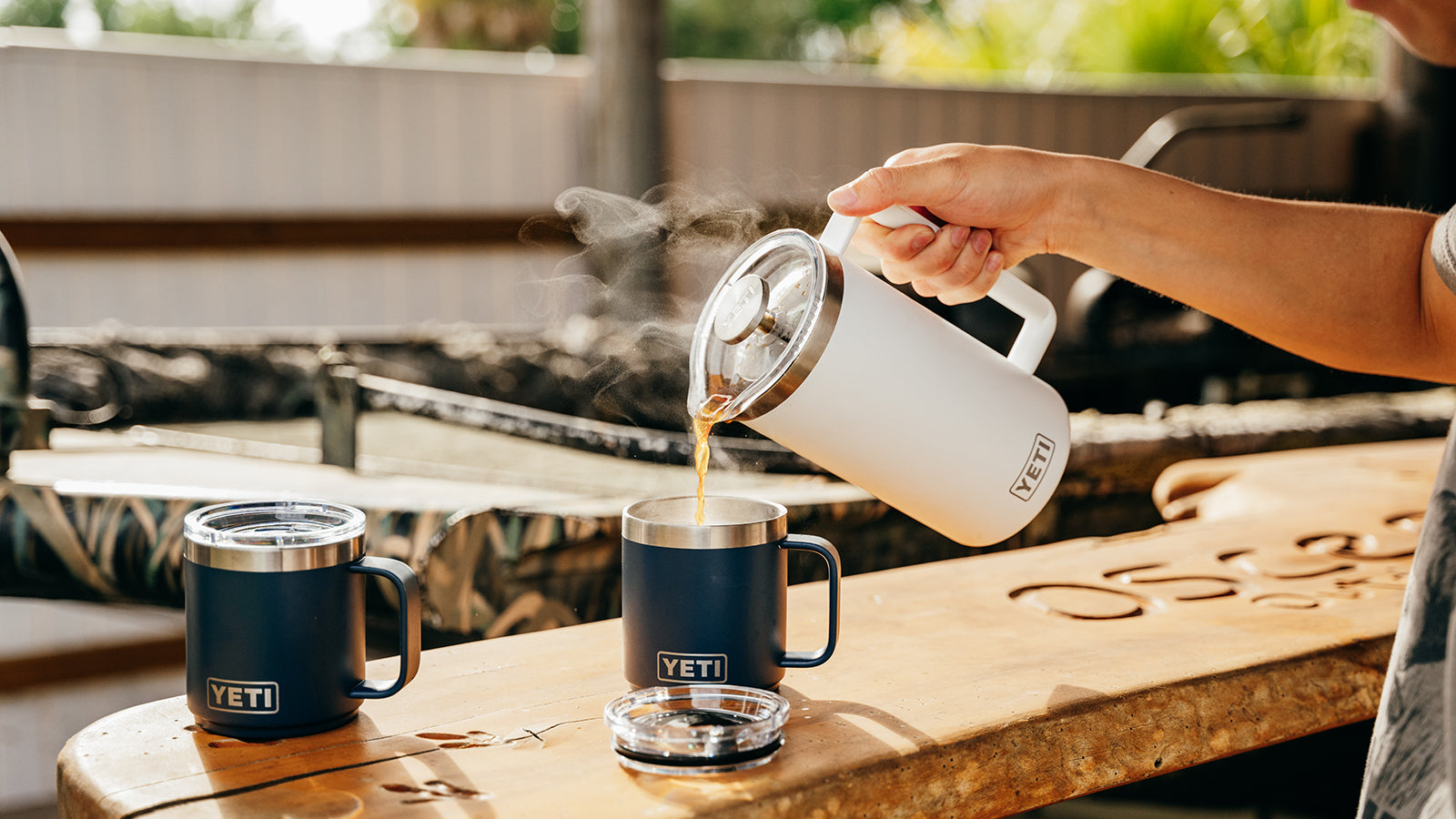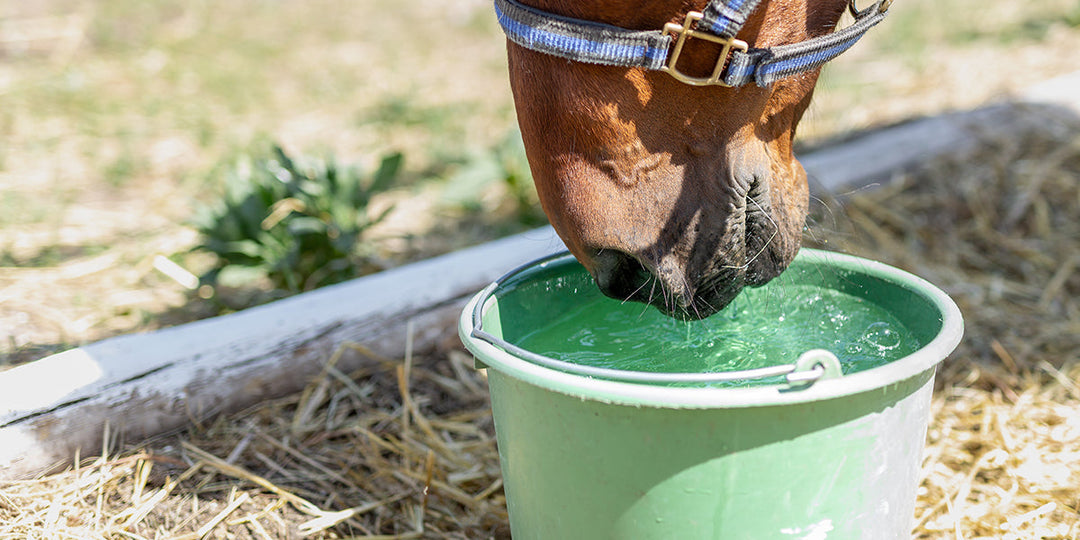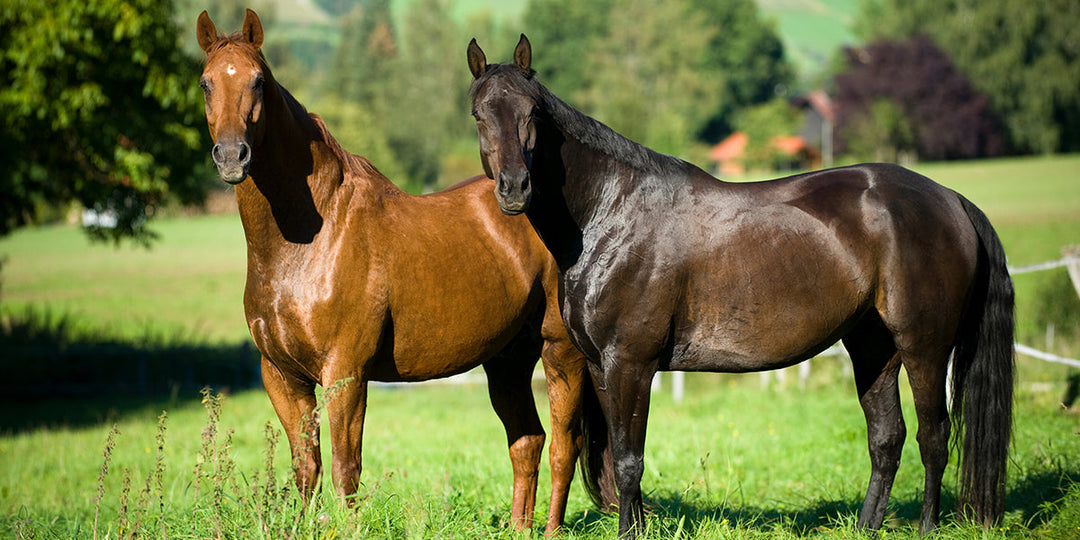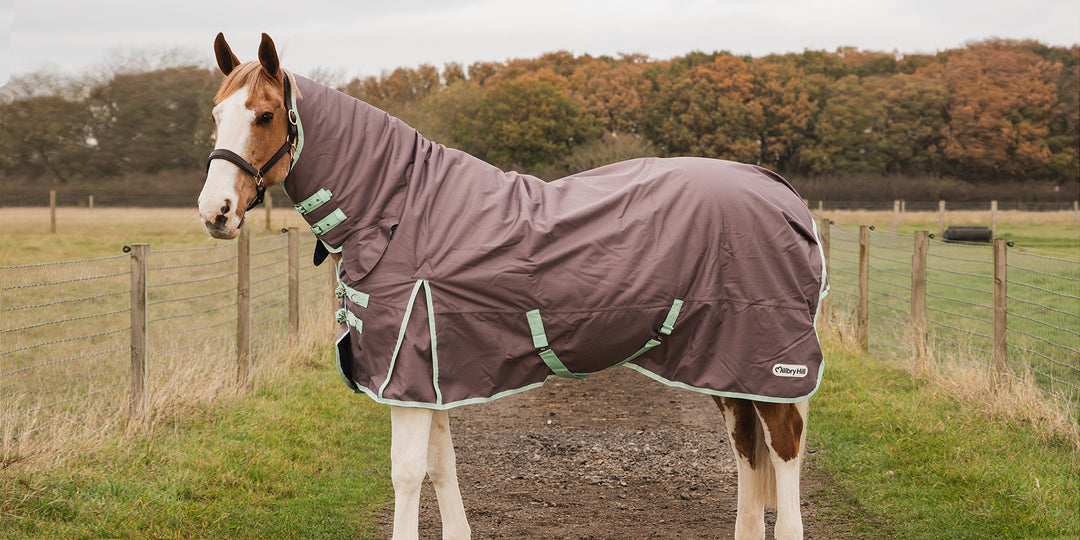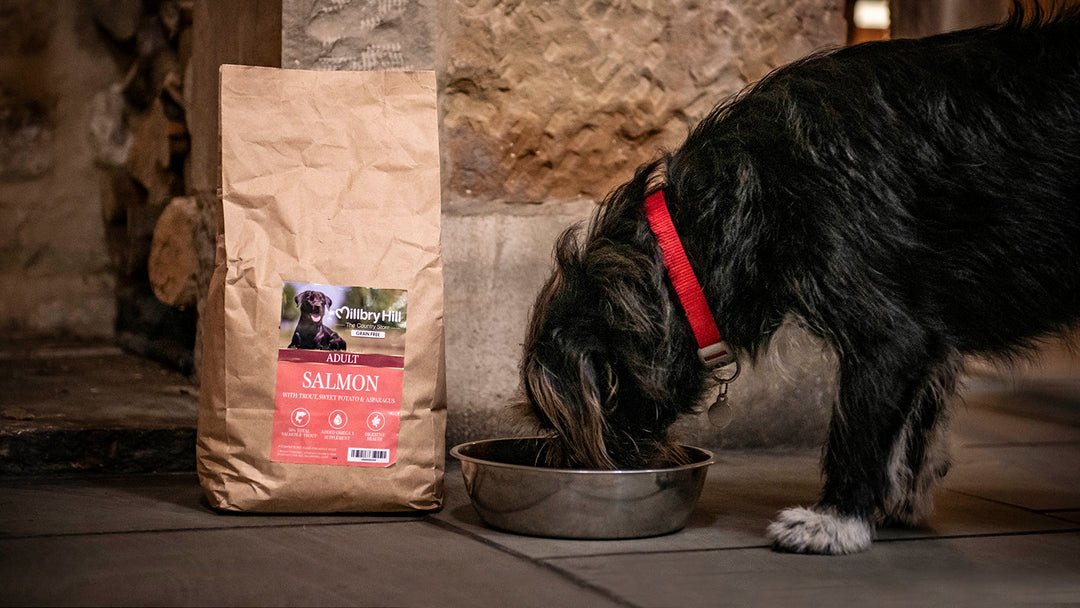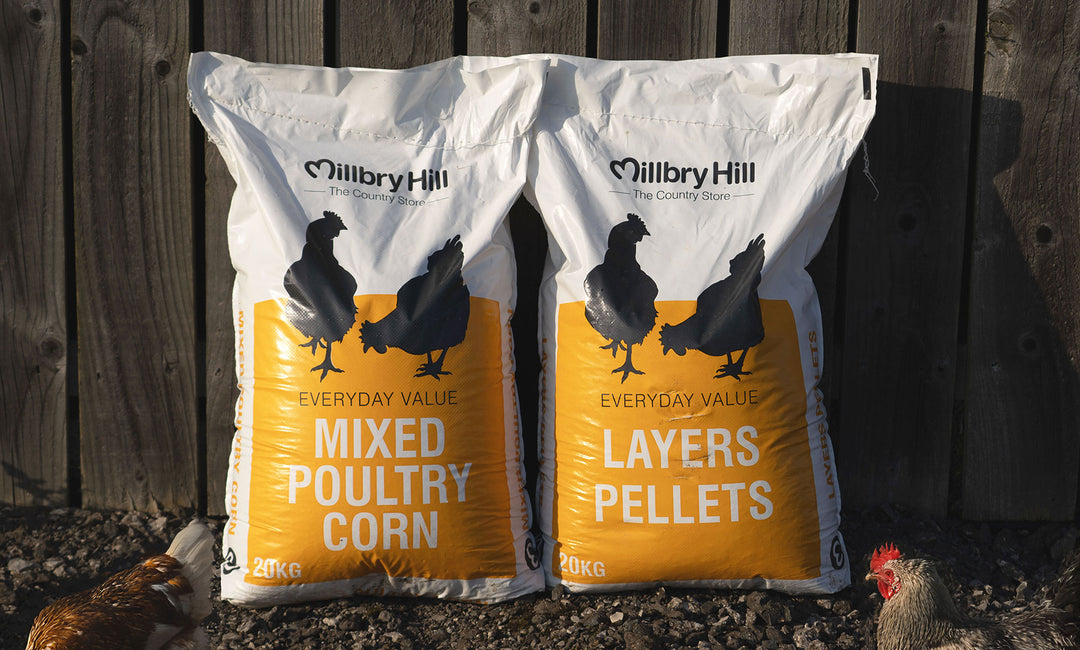Understanding Laminitis...Facts & Myths!
Know the facts and the myths surrounding Laminitis…
Laminitis…the word that strikes fear into the heart of horse owners! Along with the joys of Spring and the feeling of relief when you turn your horse out for summer and wave a fond goodbye to the daily grind, comes the impending doom of spring grass. Spring grass usually means two things… your horse turns into a fire breathing dragon, with the physique of a barrel.
The word ‘Laminitis’ essentially describes damage or inflammation of the sensitive tissue in the hoof, referred to as the ‘Laminae‘. The Laminae is the tissue that connects the bone to the hoof wall; in a healthy hoof the bone will be tightly attached to the wall as the Laminae interlocks to form a tight bond.
Many horses and ponies are more prone to Laminitis than others. We have put together a helpful page of products, from low calorie Laminitis Trust approved feeds to grazing muzzles and supplements, that will help you keep your horse safe from the dreaded ‘L’ word this spring and summer.
Although ongoing research continues into the condition and it’s root causes, and people are more educated than ever, we’ve put together some myths and facts to keep you savvy this Summer!

1. Laminitis only affects fat ponies
Native ponies tend to be more susceptible to the condition due to their natural high insulin levels and ability to survive on low quality forage. That said, every horse should be treat as a potential Laminitic!
2. Laminitis only occurs in the front feet
The signs of Laminitis can be more prevalent in the front feet, but symptoms can develop in all four hooves.
3. Cold hosing feet will help
It most cases of swelling, cold hosing is recommended to reduce heat in the injury. Although cold water may reduce the heat, it can also cause further damage to tissue that has already been damaged due to lack of blood supply…which is not what we want.
4. Drinking cold water after exercise can cause Laminitis
In some cases drinking a large quantity of cold water after exercise can cause colic …but not Laminitis!
5. Laminitis is always caused by excessive feeding or Spring grass
In fact, a whopping 90% of cases of Laminitis are caused by an underlying hormonal condition, namely Cushing’s disease or Equine Metabolic Syndrome.
6. Walk it off
Big no! Forced walking can increase the risk of permanent damage to the hoof, allow the horse to walk if it desires. Fitting Frog Supports will make a horse that is in pain walking or even standing much more comfortable.
7. Putting a mare in foal will stop her getting Laminitis
We need not point out that this one is a definite myth! In fact, experts now believe that they could be in greater risk due to the excess weight they carry.
8. Beware of morning frost
This one is true! Sunny yet frosty mornings are common in early spring-time and present high levels of sugar production.
9. Turnout for very short periods of time is recommended
This may help in some cases and seems like the logical thing to do, however research has show that some horses and ponies can become wise to it and actually consume more in a short amount of time. Fitting a grazing muzzle can be a wise choice, studies showing reduced intake and weight gain, but make sure that you monitor muzzle use as your horse/pony may become frustrated with prolonged use. When stabled, using a slow feeder haynet with small holes can also help to reduce your horses food intake, and should keep him busy too!
10. Founder and Laminitis are the same thing
Although the two terms are used interchangeably, they do not describe the same condition. Founder describes more accurately the chronic condition, in which case the coffin bone has already rotated or sunk.





